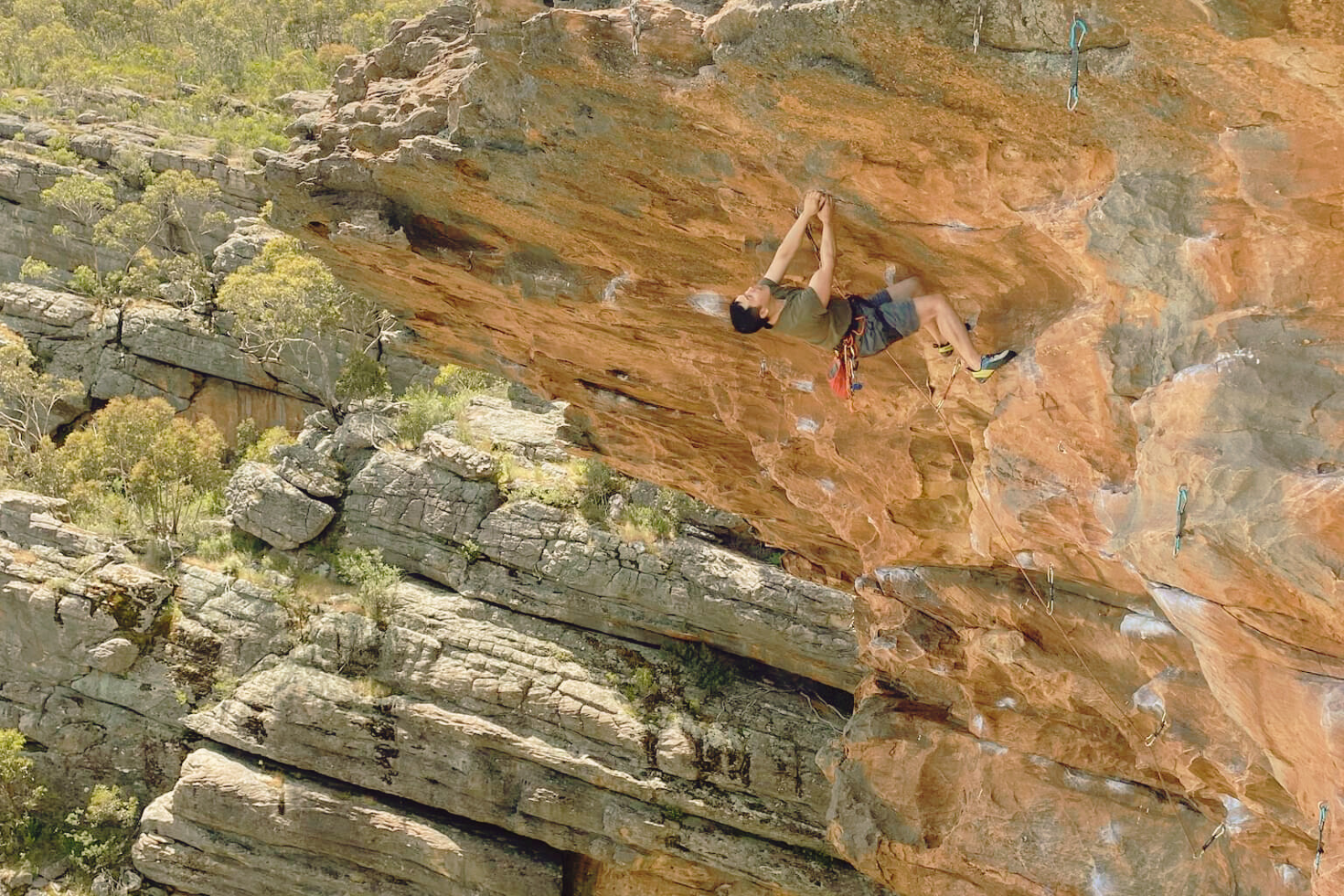
How To Make Your Climbing Gear Last Longer
Share
 Climbing shoes and rope are the most frequently used climbing gear that also endures the most wear and tear. Here are some tips on how to look after your climbing gear so that they may last longer.
Climbing shoes and rope are the most frequently used climbing gear that also endures the most wear and tear. Here are some tips on how to look after your climbing gear so that they may last longer.
Climbing Shoes
- Practice your footwork. The wear and tear on your climbing shoe rubber can tell you a lot about your climbing technique. If you see abrasions on the tip of your toe rubber, you may be dragging your foot along the wall and readjusting rather than placing your foot correctly the first time. Try improving the precision of your footwork by climbing slowly during warm up, consciously thinking about exactly where you want your foot to land before placing it on the hold. Practicing downclimbing can also help improve your footwork as you tend to weight your toes when leading with your feet.
- Opt for durable and stiff rubber. Most climbers will wear down their first pair of shoes quite quickly due to scuffles with the wall. Avoid buying any high end shoes with sticky and soft rubber (e.g. Vibram XS grip 2) because it will wear down and need replacing very fast. Instead, opt for stiffer and thicker rubber, minimum 4mm for the rubber sole. You can roughly gauge the stiffness of the rubber by pressing your nail against the bottom of the rubber shoe sole. Check out this article to find out how much you should be spending on climbing shoes.
- Air out your shoes after every climb. This means taking them out of your gym bag and leaving them near a door or window after you get home from climbing. Avoid direct sunlight as this may deform the rubber.
- Know when it’s time to resole your climbing shoes. After every climb, check that the rubber soles under the toes still make an edge with the rand. If the edge where the rubber sole meets the rand is round and smooth, get your shoes resoled. Most climbers wait until the rand breaks through. Patching up the rand (or toe cap) typically costs 40-60% more than just the soles. Arapiles Resoles is one of the best, however they don’t always accept jobs via mail. Big John Resoles in NSW accepts jobs via mail, including interstate.
Climbing Rope
- Keep your rope away from dirt and grime. Small debris such as dirt and sand can damage the sheath of the rope over time. A cheap alternative to a rope bag is the Ikea blue carry bags.
- Beware of UV and heat. Do not store your rope in the trunk of your car on hot summer days. Heat over 30 degree Celsius can break down the fibres.
- Clean your rope once a year, or when it looks dirty. The easiest way to do this is in a bathtub with warm water and some rope cleaner or hand soap. Avoid anything abrasive such as detergents and high-pressure hoses. Soak your rope in the soap water and run your hands along the length of the rope. You’ll need to do this twice to rinse the soap out the second time. Allow the rope to air dry.
